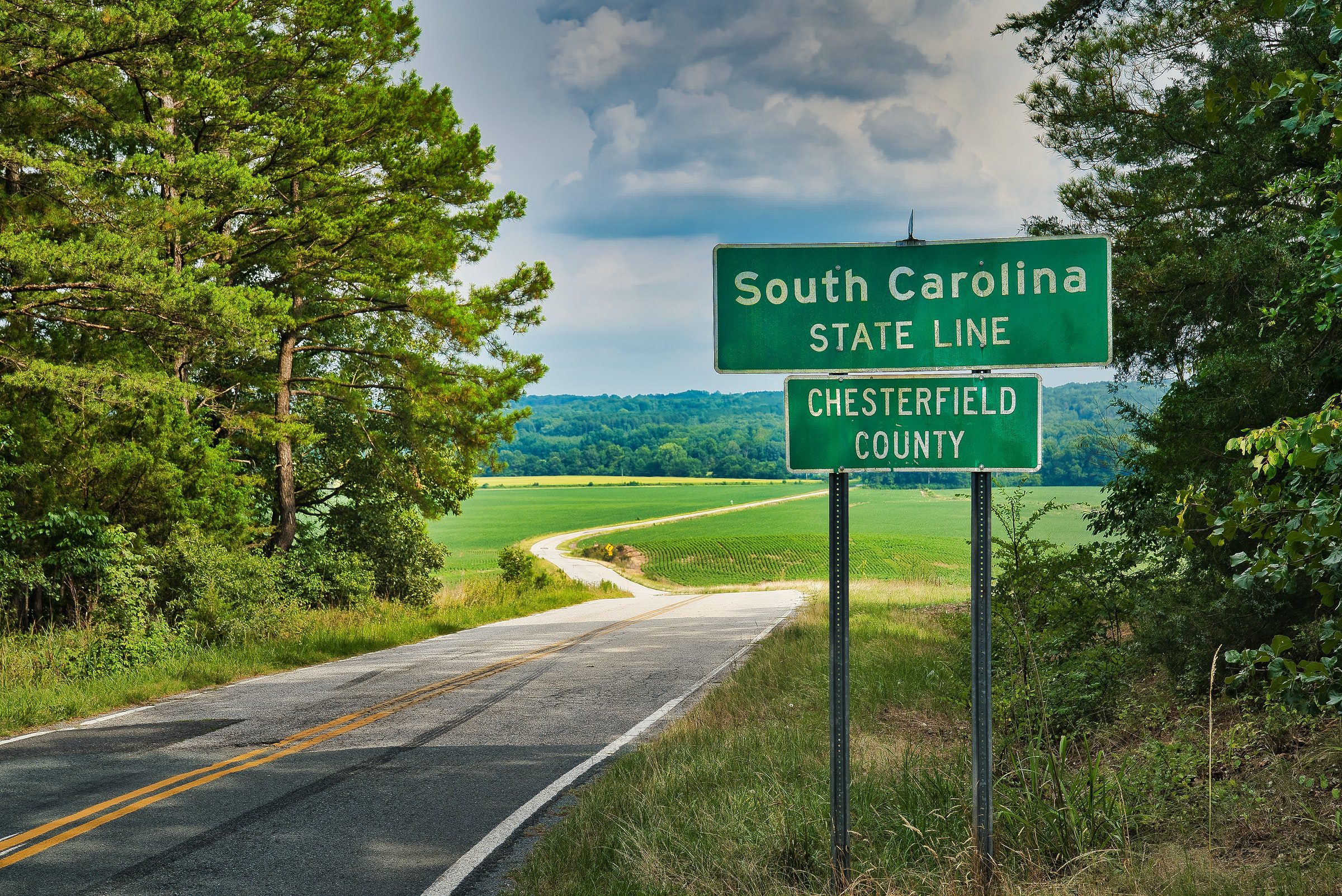Few states in the Union boast as rich and diverse a history in the American imagination as the Palmetto State, South Carolina.
In honor of King Charles I, who founded the first English colony, South Carolina became the eighth state to ratify the United States Constitution following the American Revolutionary War. Fast forward just a few decades, South Carolina became the first state to vote to secede from that very Union it was so integral in forming before the American Civil War. To say that South Carolina occupies a unique position in the story of America would be an understatement.
Ecologically speaking, South Carolina’s uniqueness mirrors its history. The state contains three major regions within a relatively small landmass: the Atlantic coastal plain, Piedmont, and the Blue Ridge Mountains.
As any travelers to this southern state will tell you, these regions are as disparate as the history that shaped them.
Below are some must-see sights!
CONGAREE NATIONAL PARK: Biodiversity is the word for this national park! Congaree National Park preserves the largest intact expanse of old-growth bottomland hardwood forest remaining in the southeastern corner of the country. A must-visit for nature lovers, exploring the hiking trails flanked by native champion trees, canoeing the many marshes and waterways that sweep nutrients all along and throughout the preserve, or simply stopping into the visitors center to learn more about the surrounding ecosystems are popular activities for travelers coming to or passing through Congaree National Park.
RECONSTRUCTION ERA NATIONAL HISTORICAL PARK: One of the more important and historically significant national parks can be found right here in and around Beaufort, South Carolina. Marking the historic rebuilding process stretching from the post-Civil War years up into the early 20th Century, this national park preserves the memory and living history of the struggle of African-Americans seeking to integrate into political, social, economic, and labor systems after the end of slavery. Established as recently as 2019 as a national historical park, this South Carolina park contains and protects a vitally important piece of shared American history whose fierce struggles echo even today.
NINETY SIX NATIONAL HISTORIC SITE: Through the long lens of history, it can sometimes be easy to forget or rather hard to comprehend the rugged, wild nature of the early settlement of North America. Ninety Six National Historic Site in (what else) Ninety Six, South Carolina preserves that history to this day for all to learn. Home to settlers struggling to survive the harsh elements and native tribes fighting to preserve their own lands and way of life in the face of rapid European expansion into the New World, as well as the sight of two significant Revolutionary War battles, this long-abandoned town, and the trading post has quite a story to tell. In addition to the educational treasures Ninety Six National Historic Site has to offer, it is also a bird watcher’s paradise, so remember those binoculars when setting out for a walk around the grounds.
FORT SUMTER AND FORT MOULTRIE NATIONAL HISTORICAL PARK: Knowing a little about its pivotal history, it should be no surprise to learn that South Carolina is replete with historic military sites. This relatively small state is home to two of the more famous and important forts and battle sites of the early American experiment. Standing at the mouth of Charleston Harbor, early settlers inside the palmetto log fort (later named Fort Moultrie) defeated the British navy in 1776. Over 80 years later, the Confederacy fired on the United States’ army at Fort Sumter on April 12, 1861, opening the Civil War, which redefined the country as it was known then and as it is known today. A truly pivotal geographic location preserved by this national park, these two forts are a must-visit for history buffs.





